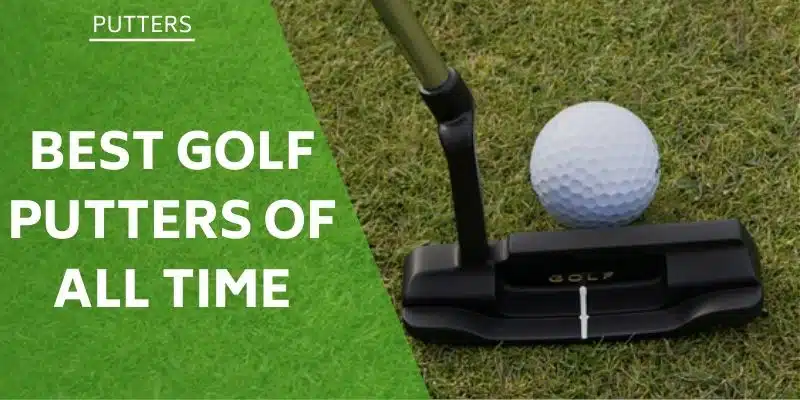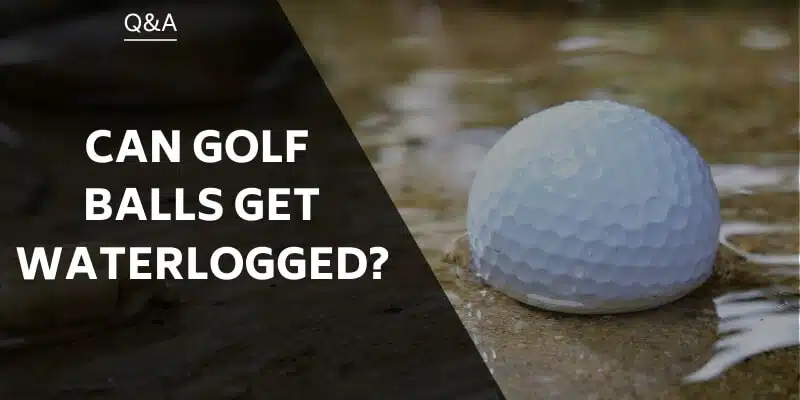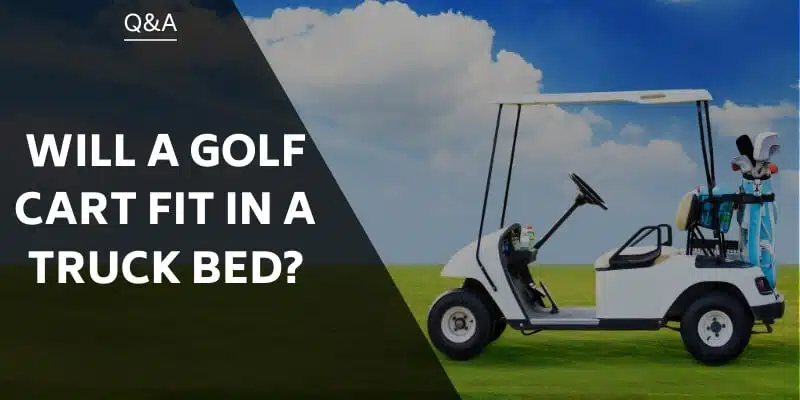Golf clubs are an expensive commodity, and most golfers treat their clubs with tender loving care. On the other hand, beginners or players using a set of “hand down ”clubs, play the round and either leave them in the car boot or throw them in the garage. Extending the life of a set of clubs is not difficult, but certain basics should be applied.
Reasons for Club Head breakages
Lifespan
Unfortunately, golf clubs have a life span just like a car. If a set of clubs is older than 10 years old, expect deterioration like broken shafts, heads coming off and grips unraveling. Although the lifespan can be extended by taking care of the clubs, anything beyond 10 years is likely to give problems.
Manufacturing Defects
Like all commodities, manufacturing process errors or faults do occur occasionally. Depending on the period of time and use, manufacturers are likely to accommodate claims that are within reason. They will request pictures, or inspection by their agent in the area to determine if abuse or mishandling is the cause. Just another reason why it is important to treat the clubs with respect after purchase.
Cheap Copies
The exponential growth of golf as a sport worldwide has brought about clubs being a marketable product. In China, where most of the top brands are manufactured, cheaper copy versions have sprung up, and sell at a fraction of top brand costs.
The replicas are well designed and it takes an expert eye to distinguish the genuine product from its replica. This been said, many players new to the game will gladly purchase these clubs at vastly cheaper prices, but the quality will be suspect. Expect heads to fly off and shafts to break should you have one of these sets.
Playing Golf in the Rain
To the die-hard golfer, a bit of rain on the course is no reason to stop playing. As the saying goes; “it does not rain on the golf course”! Playing in the rain is OK, but the treatment of the clubs after the game is an important factor.
Many club sets have graphite shafts and these will not rust after a few years as the steel shafted sets do. Players should dry the clubs off before placing the clubs back into the bag and their club locker. Rust weakens everything, so take measures to eliminate it as best you can. Clean and dry the shafts and heads after a game in the rain.
Bad Swing Mechanics
Beginners should always take a few lessons from a seasoned pro to get the basics of the golf swing right. This not only will improve your game at a faster rate but will also protect your clubs. Taking deep divots on every shot on hard turf courses will ultimately weaken the shaft and damage the clubhead.
Storing Clubs in The Car Boot
It is easy to throw the clubs into the car boot after a Saturday outing and leave them there until the following game. The temperatures in the boot will affect the longevity of the clubs. The adhesive used in securing the head to the shaft is high class, but the continuous variation in temperatures in the boot will slowly cause deterioration. Heads will fly off in all directions!
Club Abuse
Golf is a very frustrating game and will always test the player’s patience and skill level. It is one of the toughest games to master, due to the finite margins between success and failure on a shot. How often on the tee do we see an “extended” follow through with the club banged into the ground!
Sometimes it is repeated a few times during the round. This abuse can only damage and weaken the club shaft and the head. Forcing the club into the bag after a bad shot is another way of expressing frustration, but it will not help the longevity of the club.
Falling off the Cart
A common occurrence and the cement or paved pathways will leave their mark on the clubs. A simple pre-game routine of checking the straps holding the bag onto the cart will negate this problem. Generally, the club attendant will take the bags to the cart allocated to you before the round. Just check them! The damage may not be immediately visible, but the volume of falls over time will weaken and damage both the shaft and the head.
Clubs Touching in the Bag
Organizing the clubs in the bag before play takes a few minutes. Woods and hybrids should have headcovers for protection. Don’t take the cover off and throw it into the back of the cart!. It takes a few seconds after each shot to replace the cover.
Contrary to belief, it will not slow down the speed of play if done immediately after the shot. I would suggest purchasing headcovers for the irons and the putter. Why pay large sums of money for equipment, and not take protection measures? Ever had to step back when preparing to play a shot because of the “clunking” sound from your playing partner’s clubs as he walks or rides away?
The Powerful Golfer
Players with fast and powerful swing speeds, apply much more pressure on the equipment, than a medium or slow swing player. Matching the correct shaft to the swing speed is a basic fundamental that should never be discounted.
Get the swing speed checked by a pro and fit the right shaft. Clubs will last longer and fewer shafts will be broken. Trying to find a club head after it has parted ways with the shaft on a full swing, can be rather time-consuming, and costly if not recovered.
Hitting a Tree or Root during or after the Swing
Trees seem to attract golf balls and often during the round we are confronted with a shot that requires a bit of engineering to move the ball forward some distance. Making contact with a branch or root may not show immediate damage, but over time, will have an effect. Besides the risk of injury, a new shaft or head can be expensive. Take a penalty drop and do your best to recover on the hole.
Over Use
It is fun and rewarding to find a club that becomes the favorite in the bag. Anytime a difficult shot presents itself, out comes the favorite iron. Going to the range and hitting this club for most of the session will build confidence, but after a few years, metal fatigue from overuse will set in. Spread the load between the clubs when practicing and prolong the life.
Final Thoughts
Protection and damage prevention will extend the life of your golf clubs. The simple actions to keep them in good shape is not too time-consuming, but rather requires a bit of discipline. Dry and clean the clubs after a round in the rain. Take them out of the boot. A badly scored set of irons on rusty-looking steel shafts will not inspire confidence on the track, but will attract the attention of your playing partners for all the wrong reasons!
Related Articles
- Why Do Golf Clubs Break? Are We Always To Blame?
- How To Clean Golf Irons
- How Long Do Golf Irons Last? When Will I Need To Replace Them?
Nick is the founder of GolfSpan and an avid golfer. He's not quite a pro but has over 15 years of experience playing and coaching golfers worldwide. His mission is to bring the golfing community a better experience when it comes to choosing the right golf gear and finding the right setup for your game.






